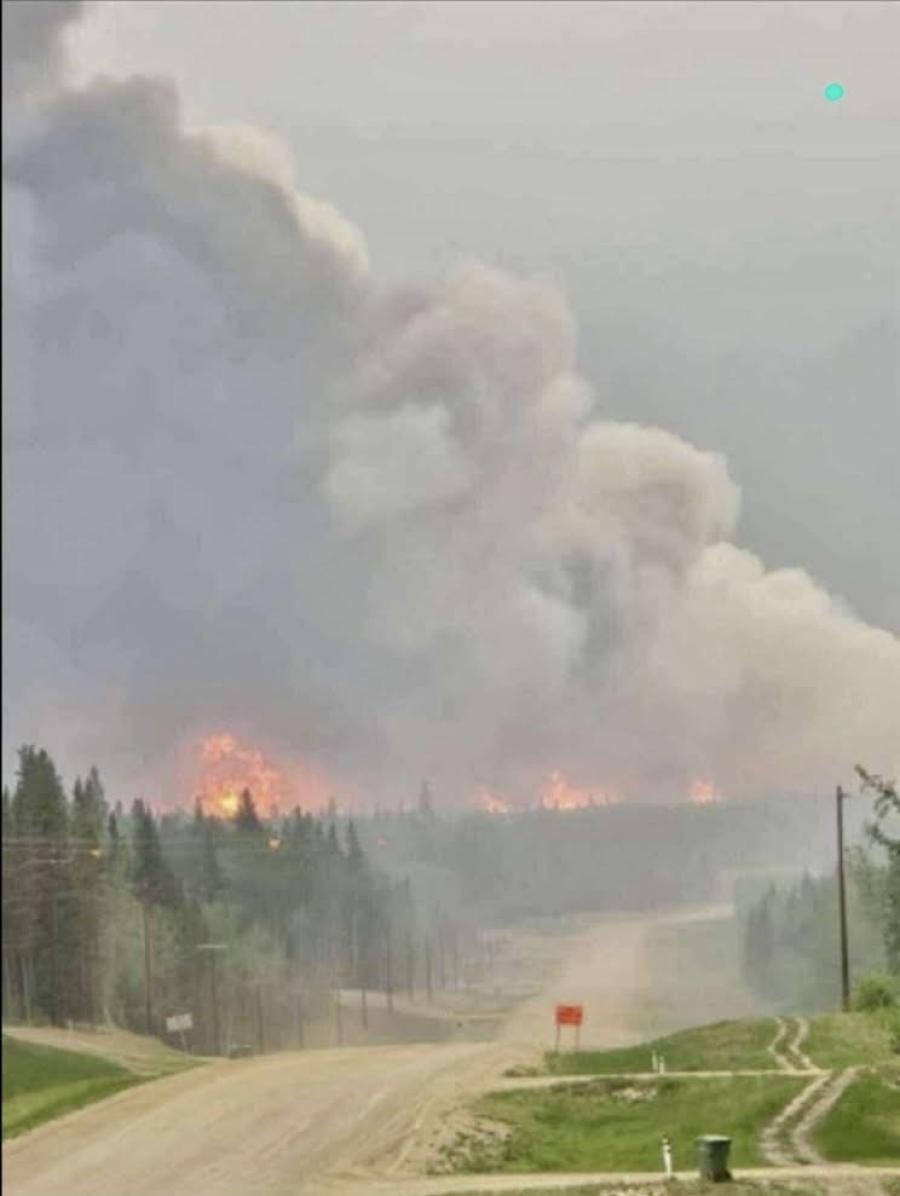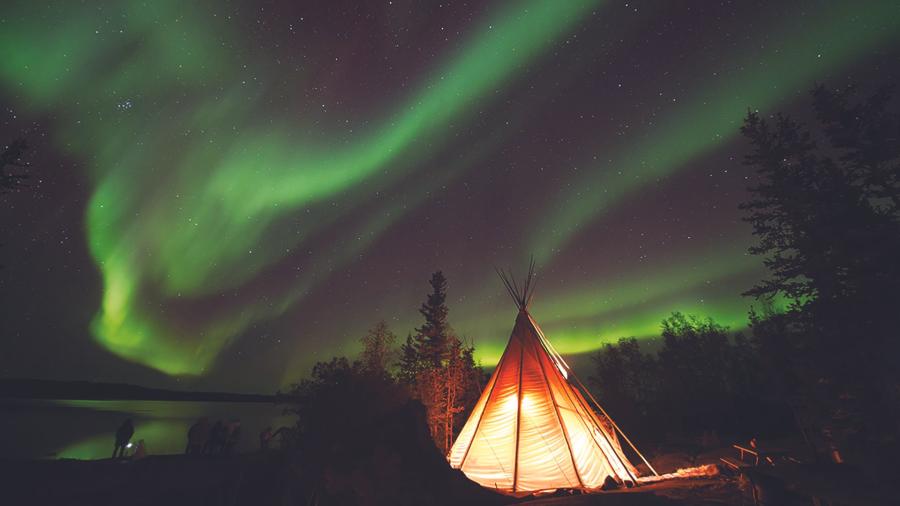Like thousands of other aboriginal women in Canada, Connie Perron, a Mohawk from the Tyendinaga reserve in southern Ontario, lost her Indian status when she married a man without Indian status more than 30 years ago. The status is conferred by the federal government.
Now Perron, along with one of her sons and his four children, is attempting to launch the first class-action suit against the Canadian government for damages stemming from her loss of Indian status and on-going discrimination due to a 1985 amendment to the Indian Act that restored her status but did not do away with other inequitable restrictions against women. A decision about whether the $400 million claim can be certified as a class-action suit is expected in December.
Under the terms of the Indian Act, prior to 1985, among other things, Perron lost her rights to own property, reside on the reserve, pass on Indian status to her children, vote in reserve elections, receive medical and educational benefits, and one day be buried on the reserve. Separated from the community, she was also isolated from her culture. Women pressured the Canadian government for years to change this policy. Sandra Lovelace, a Maliseet, argued her case internationally and in 1981 effectively embarrassed the Canadian government when the United Nations Human Rights Committee ruled in her favor. The government responded with the 1985 amendment Bill C-31, which restored Indian status to women like Perron and allowed women married to non-status men after 1985 to maintain their status. But the bill still did not entirely correct the situation.
“I wished that I could pass this on to my grandchildren,” she said, pointing to her new waterfront home on the Bay of Quinte just off the northern shore of Lake Ontario. “But if the laws remain the way they are, that will not happen.” Perron finished building the home and moved into it in early 2002. She says the land has been in her family since the Mohawk were granted the reserve for their loyalty to the British during the American Revolution; a number of Union Jack flags raised throughout the territory serve as reminder of that link.
Today, one of Perron’s most serious concerns is that, under the terms of C-31, her grandchildren do not have Indian status. Perron’s son, Michael Perron, does not receive the same treatment under the law as descendents whose fathers had Indian status then married non-status women prior to 1985. By marrying a non-status woman, he triggered a clause in the Indian Act known as the “second-generation cut-off,” meaning that after two generations of marrying non-status persons, his descendents cannot receive Indian status. Connie Perron’s grandchildren will probably not be able to inherit her family’s property nor live on Tyendinaga as adults.
In Tyendinaga, as is common on other reserves, only those with Indian status can be band members. Under the Indian Act, residents who are not band members must leave reserves once they are adults or are no longer dependent on a member. In order to stay, Perron’s grandchildren would have to marry a band member.
Perron’s brother, Robert Hill, also has a non-status spouse. The discrimination supported by C-31 is clear when the siblings’ situations are compared. Not only did Hill never lose his Indian status, but his wife gained it upon marriage. Hill’s children were eligible for status from birth, and they were able to pass status on to their children—even when they married persons without status.
“And we just thought this was so unfair,” Connie Perron said. “Because he’s a man, his grandchildren could have status, but because I am a woman it didn’t turn out that way.”
Perron argues that C-31 is contrary to several U.N. covenants and both the Canadian Charter and the Bill of Rights. She says her daughter-in-law, Leslie Perron, was the first to suggest launching the suit when authorities told her that her children would only be allowed sign up for the reserve school “if there was room” once children with status had registered. Michael and Leslie moved to the reserve a few years ago.
”Leslie said, ‘If no one is doing anything, we should do something, we are an ideal family to do it,’” Connie Perron said. They filed the suit in November 2001. Pam Paul, president of the National Aboriginal Women’s Association, says she’s not surprised it has taken so long for such a suit to be filed. Prior to 1985, only women were affected, but the old legislation is now having an effect throughout First Nations in Canada.
“We have a majority of men who are now being affected,” Paul said. “They are saying, ‘What do you mean my grandson can’t be registered?’ Before, it only affected the women; they left the reserve and the problem was gone. Now it’s starting to penetrate the reserve. Post-1985 it now affects everybody.”
Paul says men generally did not initially object to women losing status, as it meant reserves could avoid having non-native men take up residence. And, she said, chiefs at the time whose non-status wives had gained status upon marriage were also reluctant to rock the boat.
According to Brad Morse, a University of Ottawa law professor, the problems resulting from the creation of a second status category in C-31 has been evident since from the start. “The vulnerability of Bill C-31 to challenge has been there since 1985; I think the government has been worried about this for some time,” he said. Morse suspects the government knew there would be problems stemming from the additional status that was created, but chose political expediency instead. The 1982 Canadian Charter of Rights made the government vulnerable to lawsuits if the Indian Act stayed the way it was.
Michele Audet, president of the Native Women’s Association of Quebec—a group that has been pressing for an end to C-31’s discrimination for years—supports Perron’s suit and said she will encourage people in similar situations to join the suit should it go forward as a class action.
“If I had a petition or a list where people could sign up, there would be thousands of people,” she said. According to the 1991 Auditor General’s report, 80,000 people had gained Indian status by 1990. Thousands more without status—like Perron’s grandchildren—could also benefit from the lawsuit.
The Canada Department of Justice’s lead lawyer on the case, Dale Yurka, said she believes there are no grounds for a class-action suit.
“We will be arguing that there are many individual issues—so many individual issues that it can’t go forward as a class action,” she said.
While many women like Perron have moved back to reserves, others have chosen not to or have been barred by strict band residency codes. Some reserves—afraid of further dilution of their cultures, reluctant to split profits from resources within a larger group, or lacking government funding for returning and new residents—are not rolling out the welcome mats.
Although she sometimes misses the bright city lights of the Toronto area, Perron says she is happy to be back in Tyendinaga where she knows just about everybody and, along with a sister, has taken up Mohawk lessons to learn the language her parents often felt embarrassed and afraid to speak. Now retired, she is keen on devoting time to the lawsuit.
“I quite relish the idea,” she said. “I think it’s unfair. I think that Native people on the whole have been treated unfairly and people weren’t willing to stand up for themselves, and I am. I am very willing to.”
Celeste Mackenzie is a freelance journ



